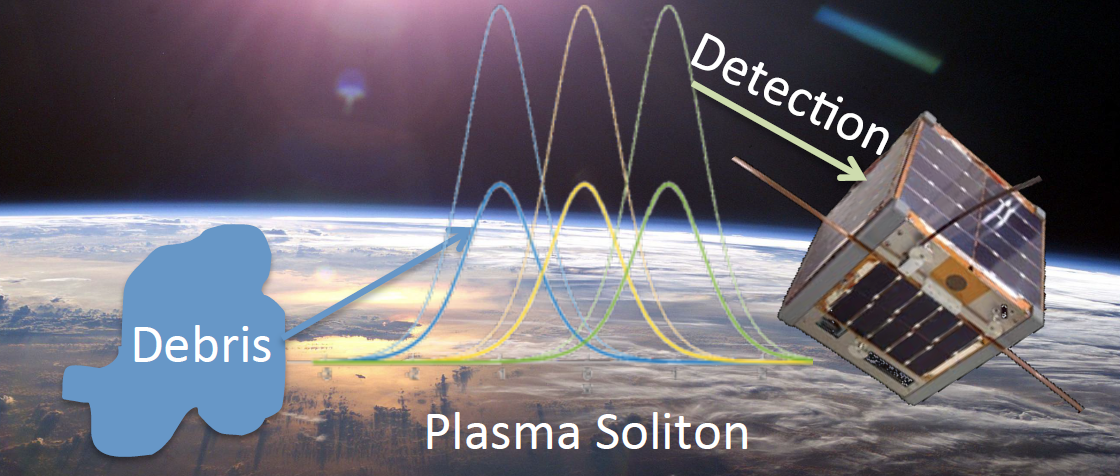Christine Hartzell
University of Maryland, College Park
We propose to evaluate the feasibility of mapping small (micron to sub-cm scale) orbital debris in LEO using a fleet of cubesats equipped with sensors to detect the plasma signature of the debris. Small debris is currently undetectable and poses a hazard to spacecraft. Recently discovered precursor plasma solitons excited by fast-moving charged debris in a plasma could enable mapping of small orbital debris by simple sensors on a fleet of cubesats. The proposed technology would revolutionize our interaction with small orbital debris by enabling spacecraft placement in less hazardous orbits as well as quantitative evaluation of mitigation efforts. Additionally, the proposed technology may be applicable to dust detection efforts near other planetary targets. Preliminary calculations indicate that small debris in orbits from 400-1600km altitude could be mapped in less than 1 year using fewer than 100 cubesats. We propose to assess the feasibility of this concept by modeling the precursor solitons produced by sample debris objects of varying velocity and charge, as well as the long-distance propagation of solitons through spatially varying plasma environments. Additionally, we will develop preliminary designs of the cubesat fleet required to map small debris by detecting plasma solitons.
































